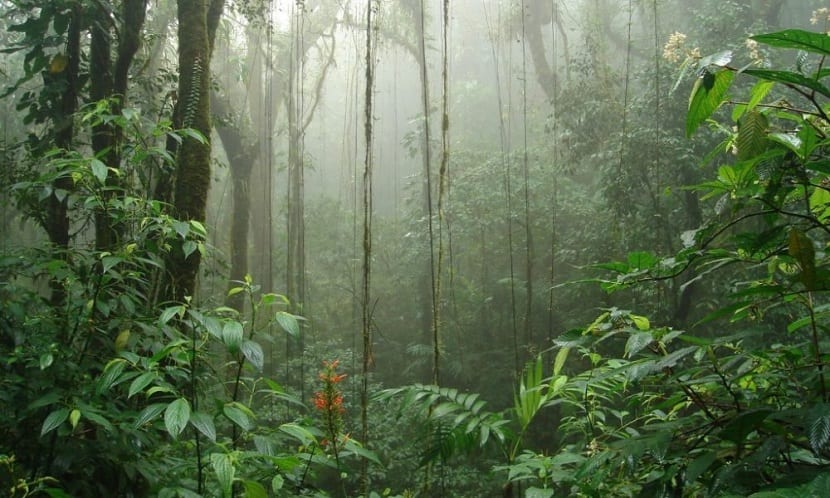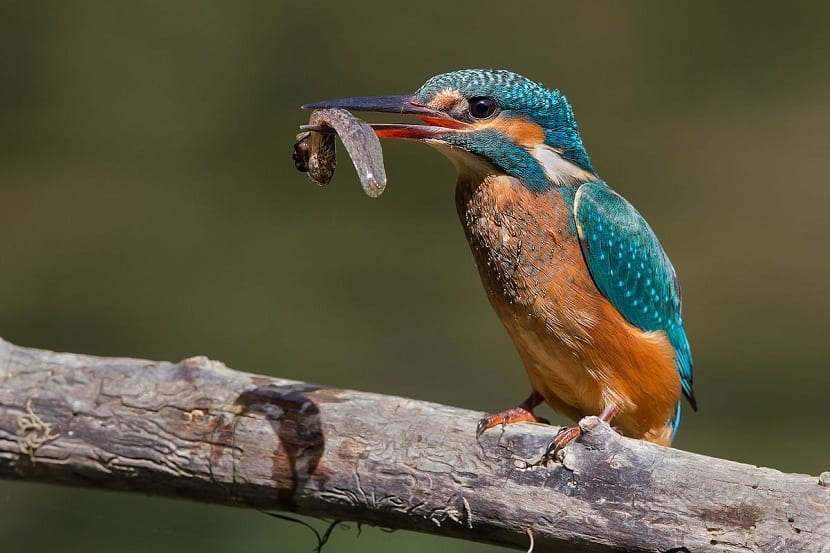
The "Empty Forest Syndrome" is what is nicknamed forests whose populations are low out of the ordinary, there are no young trees, there are no specimens of other forms of animal and plant life. This happens because it is a type of extinction but more silent.
Do you want to know more about "empty forests"?
Empty forest syndrome

This name has been given by biologists to those arboreal areas that have few young trees or few populations. This is pointing the extinction of the species in that area. In these places, the natural cycle through which the species regenerates has stopped and collapsed due to an ecological imbalance and a loss of the interaction that enables the species to live and develop.
Interactions between living things are necessary in ecosystems to exchange a constant flow of matter and energy. Thanks to these interactions, ecosystems develop around a stable equilibrium. When external forces outside the system itself influence, the balance that has been formed between the interaction of the species that make it up is broken and the mechanism by which the ecosystem works disappears.
These interactions are often mutually beneficial among living things and form so-called "mutualistic networks" in nature. When these networks are destroyed by the absence or decrease of any of the components of the networks, they cause the silent death of the ecosystem known as "the empty forest syndrome."
Condemned forests

These forests whose balance has been broken are doomed to die, since they need interactions between living beings. Forests that have plants but no animals are condemned to gradually degrade and disappear in a short time. Animals fulfill ecological functions that trees need to live and reproduce.
This has been corroborated thanks to documents that show that forests without fauna have lost up to three quarters of their carbon storage potential. That is, the trees are still there, but they do not fulfill their ecosystem functions. An ecosystem service is the one that nature gives us by the simple fact of remaining in balance and harmony. For example, the CO2 uptake function of trees is an ecosystem service.
In the whole planet there is no species that can live alone without being related to other species. Although the species are solitary, they need other species to feed or have shelter. Both in systems and predator-prey or parasite-host or mutualism, etc. They need the relationship between various living beings.
This is how the architecture of biodiversity is shaped. Nothing is there without any meaning, everything has a reason for being. Therefore, it is important to take into account the relationships between living beings to mention the extinction of ecosystems.
There are some ecosystems that are able to persist somewhat better even if certain species are lost. But it is true that there are species whose presence it is fundamental for the functioning of the same and that, without them, it collapses completely.
Birds and their role
Most of the birds are insectivorous and another frugivorous group, which feed on fleshy fruits, flowers, nectar, pollen or tubers, and which are responsible for spreading the seeds through their feces or by regurgitation. This action makes them vital in ecosystems so that plants can spread through the areas.
Without birds, ecosystems would completely collapse, since its capacity for natural regeneration would be seriously affected. Any factor that intervenes in the loss of biological functionality puts the balance at risk. For example, wolves are in Sierra Morena, but they do not have an ecological function in the ecosystem.
Frugivorous species that need large ranges will be affected if the forest becomes fragmented. If the local quantity or abundance of frugivorous birds decreases very strongly, the dispersal process of the plant collapses, the ripe fruits are dried in it or eaten by rodents, herbivores kill the seedling and there is no an effective seed dispersal process.
